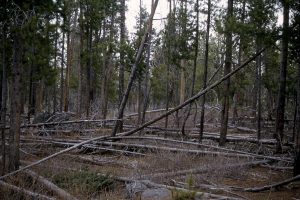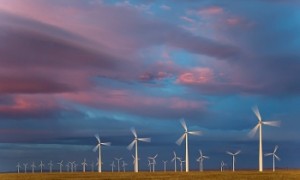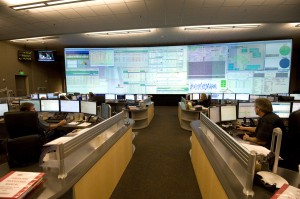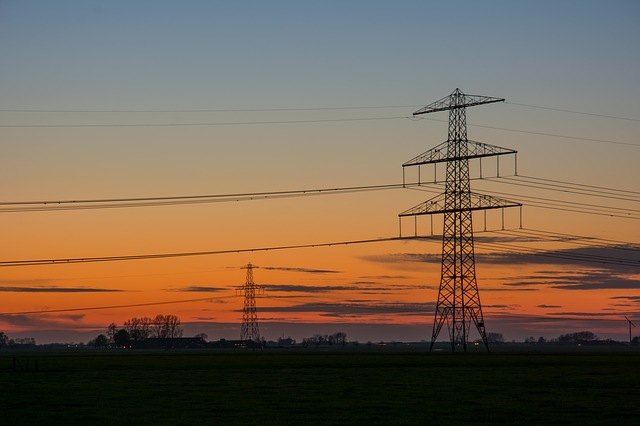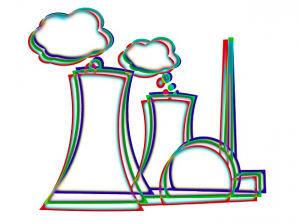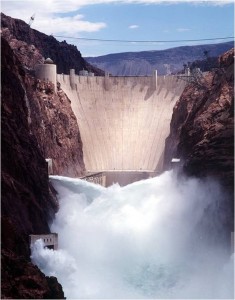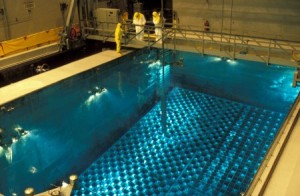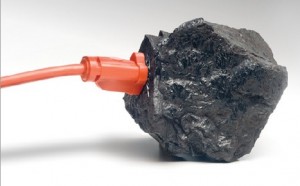9 item(s) were returned.
Associate Professor, Department of Agricultural and Resource Economics
University of California, Berkeley
California is experiencing what has been dubbed the worst epidemic of tree mortality in the state’s modern history, with the death of an estimated 66 million trees since 2010. There seems to be widespread – but not unanimous – agreement that leaving close to 40 million dry tons of wood in the forest will increase wildfire risk to unacceptable levels. A tree-mortality task force is working to safely remove the dying trees by using the tree services where some of which can be harvested for timber. But given the current trajectory, lots of wood will be burned on-site. This begs… [more]
View InsightSenior Scientist
UFA Ventures, Inc.
There have been many voices lately saying that renewables could produce 80% or more of the world’s energy by 2050 in order to limit global warming to 2.5°C, as long as we develop sufficient energy storage and bring up efficiency and conservation. But the real issue is raw materials. It takes about 500 tons of steel and 1000 tons of concrete per MW of wind power. Even more to connect them to the grid. The United States has used 40 million tons of steel to build 48,800 wind turbines totaling 74,512 MW and costing about 150 billion dollars. Wind energy… [more]
View InsightCofounder
Spark Library
In the last twenty years, the United States has been in the process of restructuring its electricity generation. Today, wholesale electricity markets are controlled by regional transmission organizations (RTO) and independent system operators (ISO) that direct electric grid operations and run day-ahead and real-time pricing. These grid operators, which are regulated by FERC, now oversee more than two-thirds of America’s bulk power system and are meant to create value by improving system reliability and lowering electricity costs. However, there are serious questions about whether RTOs/ISOs are operating efficiently. Areas of concern include 1) whether reliability is improving and costs are… [more]
View InsightDirector of Midwest Energy Policy Analysis
Wisconsin Energy Institute
This prompt is the first in a series of discussions led by invited speakers at the upcoming 15th National Conference and Global Forum on Science, Policy and the Environment: Energy and Climate Change to be held January 27-29, 2015 in Washington, DC. The environmental benefits and declining price of solar, wind, storage and other distributed energy resources are driving their increased use in the electrical utility system. As a result, more power is being generated at homes, businesses, and commercial buildings and used locally. This jump in power production at the distribution level presents a challenge to the traditional electrical… [more]
View InsightPresident
Kadak Associates, Inc.
Without significant gains in storage technology, electric generation from solar and wind will not meet the world’s energy needs. Nuclear power, however, can deliver electric power in a sufficiently safe, economical and secure manner to supplement supply from other carbon-free sources. Despite this, there remain major objections to the safety, cost, waste management and proliferation risk of nuclear power, which I’ll seek to address here. Safety There have been three serious accidents that challenged the safety record of nuclear power: the Three Mile Island (TMI), Chernobyl, and the tsunami-induced Fukushima accident. In all these accidents there were no immediate public… [more]
View InsightPresident
Clean Energy Development, LLC
Often termed the country’s “silent renewable,” hydropower is the nation’s largest renewable electricity resource, providing 7% of total generation. Hydropower’s many supporters – 81% of U.S. voters favor maintaining existing hydro, according to a recent National Hydropower Association poll – value its low-cost, reliability and ability to integrate intermittent renewable resources. Critics argue that hydropower is not environmentally-friendly and, if included in state Renewable Portfolio Standards, will reduce the growth of renewables like wind and solar power. Historically, the U.S. Army Corps of Engineers and the Bureau of Reclamation built the vast majority of major federal dams with integrated hydroelectric… [more]
View InsightMember
U.S. House of Representatives
Earlier this week, H.R. 3826, the “Electricity Security and Affordability Act,” which I co-authored with Senator Joe Manchin (D-WV), advanced through the House Energy and Power Subcommittee, by a vote of 18 to 11. This bipartisan, bicameral legislation provides a reasonable alternative to EPA’s proposed greenhouse gas standards for new power plants and the agency’s planned regulations for existing power plants. It now moves to the full Energy and Commerce Committee for consideration. Under EPA’s proposal, industry would not even be able to build the most state-of-the-art clean coal-fired power plant, because the technology required under the proposed regulation is… [more]
View InsightSince the development of the Yucca Mountain Nuclear Waste Repository was terminated in 2011, no long-term plan for storing spent nuclear fuel accumulating at nuclear power plants has been developed. As a result, utilities have been forced to store spent nuclear fuel “on site,” where storage space grows tight and is increasingly expensive to manage. The federal government is required by law to provide (since 1998) offsite storage for spent nuclear fuel, but has yet to do so. Furthermore, until last month’s ruling by a federal appeals court, the Department of Energy (DOE) had been collecting a fee from nuclear… [more]
View InsightThe U.S. Environmental Protection Agency (EPA) released draft rules on September 20th, to limit carbon emissions from new coal power plants. The proposed rules are part of President Obama’s broader Climate Action Plan aimed at combating climate change and improving public health, according to the EPA. Under the rules, new coal-fired power plants would be limited to 1,100 pounds of CO2 per megawatt-hour, or could opt to meet stricter average emissions limits that grant additional operational flexibility. The rules also would require new plants to implement partial carbon capture and storage (CCS) technology. Critics of the proposed rules argue that… [more]
View Insight